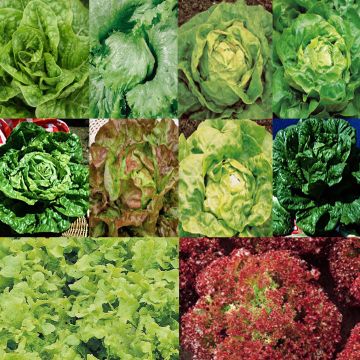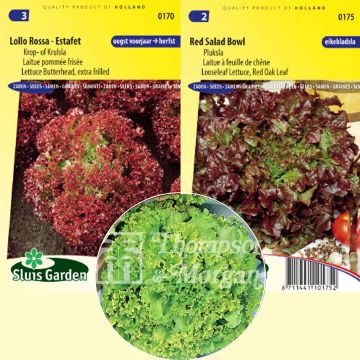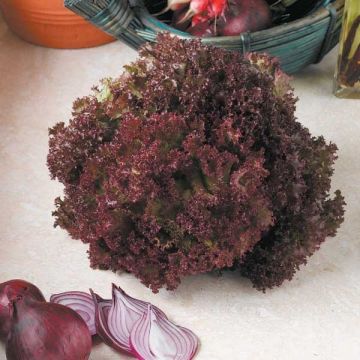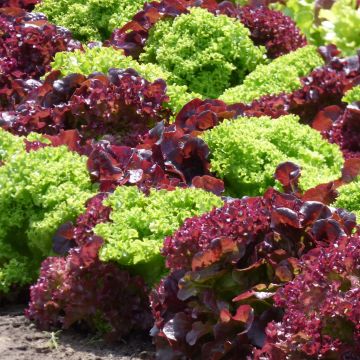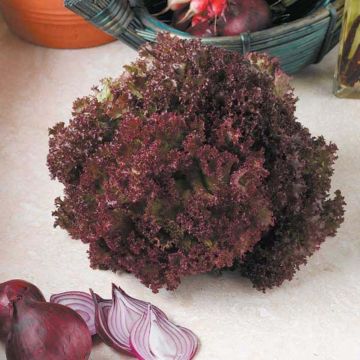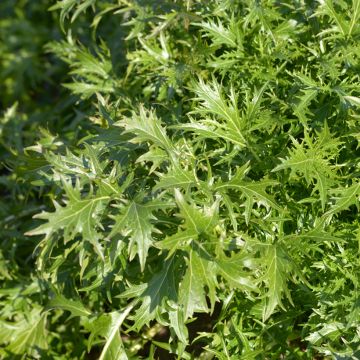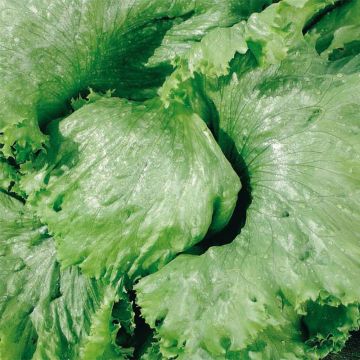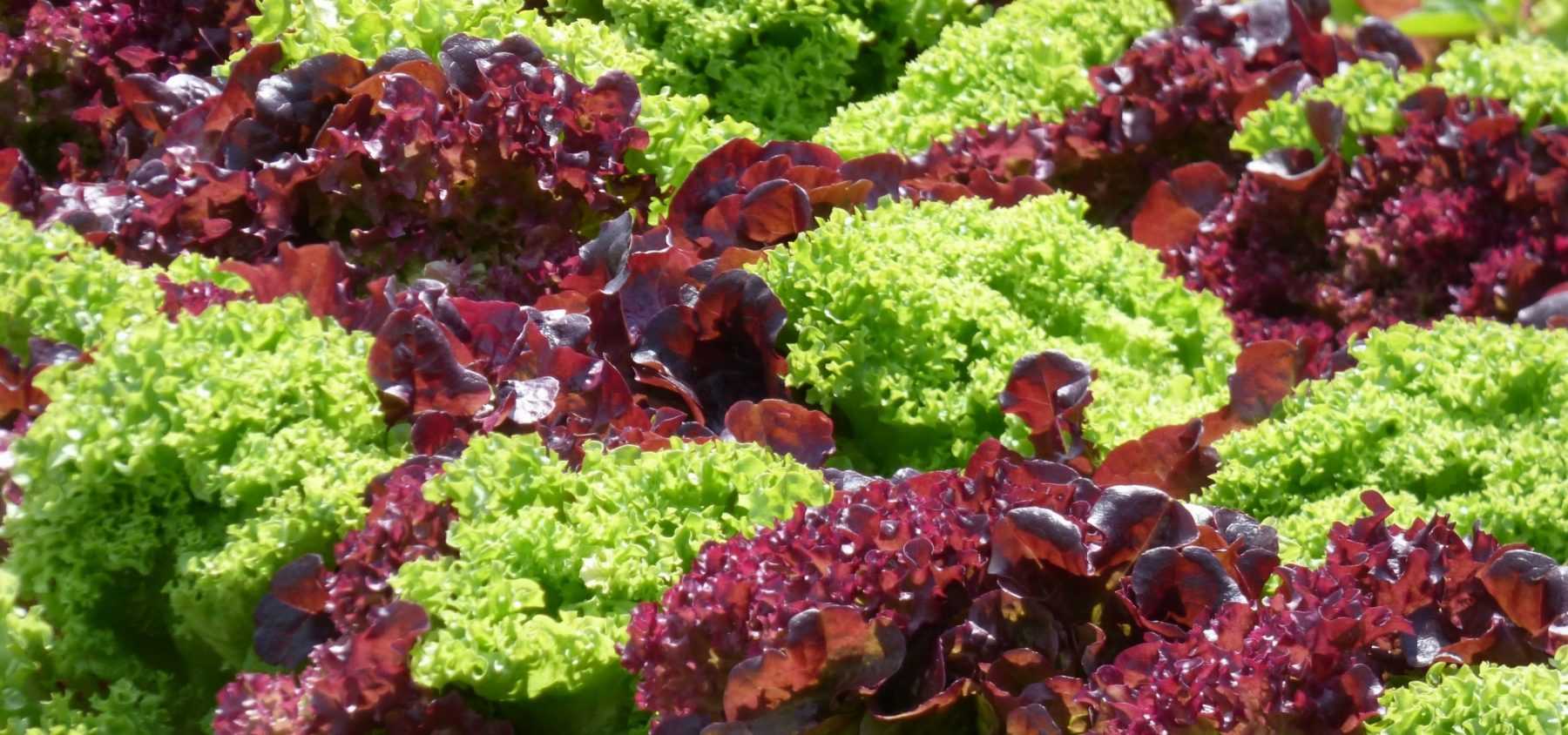
Growing Lettuce Successfully
How to sow and grow them?
Contents
Growing your own salad leaves is a simple and rewarding pleasure for every gardener. These leafy greens, essential in our meals, are easy to grow and adapt to a variety of conditions. Discover all our tips on choosing the right varieties, how to sow, care for and harvest them. This way, you’ll be able to enjoy fresh, crisp salads all year round!
What soil and exposure for lettuces?
In the vegetable garden, salad leaves thrive in all rich, fresh and light soils, neutral or slightly acidic. They need sun to flourish, but dislike extreme heat. The first and last sowings of the year should be done in full sun, others in partial shade.
Which varieties of lettuce should you choose?
Choosing your varieties carefully is important: each lettuce has its ideal sowing and growing season. Some, known as “all-rounders” like ‘All The Year Round’, can be sown for much of the year. But this is far from true for all varieties: sowing ‘Winter Tremont’ lettuce in late spring or ‘du Bon Jardinier’ in November is a recipe for failure.
Feel free to consult our guide to discover different lettuce varieties and how to choose them wisely!
Discover other Salad leaf seeds
View all →Available in 1 sizes
Available in 1 sizes
Available in 1 sizes
Available in 1 sizes
Available in 1 sizes
Available in 1 sizes
Available in 1 sizes
Available in 1 sizes
Available in 1 sizes
Available in 1 sizes
How to Sow and Plant Lettuce?
Lettuce can be sown from February to October, depending on the variety.
Sowing can be done directly in open ground, but you can also start with young plants that are later transplanted into the garden. When planting out, be sure to respect the recommended spacing: lettuces need room to grow.
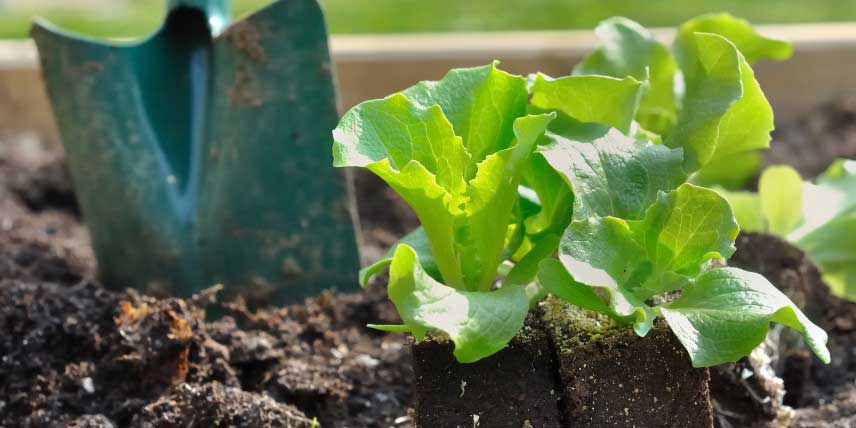
Planting young lettuce plants in the vegetable garden
What are the ideal growing conditions for lettuces?
Growing lettuce is easy: they require no special care apart from regular watering, applied gently at the base of the plant.
Once the plants are well established, mulching is recommended. If you leave the soil bare, you’ll need to carry out regular hoeing and weeding to prevent weeds from appearing.
Lettuce makes a good companion plant and pairs well with most other crops.
How to care for your lettuces?
In spring:
Lettuce can fall prey to slugs and snails. The most effective control method is using Ferramol. This slug killer is safe and approved for organic farming. Get ahead by scattering the pellets two to three weeks before sowing or planting to eliminate them as early as possible.
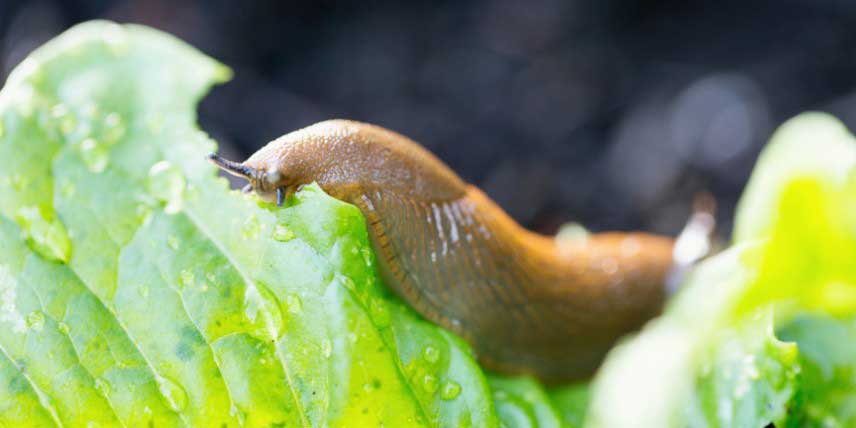
Slugs love nibbling on lettuce! Remember to protect your plants.
In summer:
During heatwaves, lettuce exposed to full sun tends to wilt. Consider protecting them with upturned crates. You can also interplant them at the base of climbing beans, cucumbers and squashes: their foliage provides beneficial shade.
During periods of heat and drought, lettuce may bolt prematurely: they develop flower stalks to produce seeds. “Bolting” results from water stress combined with a “heat shock”. To counter this phenomenon, simply water regularly and apply a thick mulch to keep the soil cool. Some varieties are selected for their bolt resistance, such as Batavia ‘Kinemontepas’ or butterhead lettuce ‘Craquerelle du Midi’. This is a great way to stack the odds in your favour – don’t miss out!
In autumn and winter:
To protect from cold early sowings, lamb’s lettuce, chicory… you can plant under cloches, under polytunnels or more simply, place a horticultural fleece over your lettuce to gain a few degrees.
⇒ Find more advice in our guide: growing lettuce under cover
What are the main diseases affecting lettuce?
Lettuces can sometimes be affected by various fungal diseases such as grey mould (Botrytis cinerea) and downy mildew (Bremia lectucae). These diseases are encouraged by humid climates, as well as by confined environments. To prevent them, avoid overhead watering and ensure proper planting distances are maintained.
How to harvest lettuces?
Harvesting is simply done with a knife: when they reach maturity for head lettuces and chicories, as needed for cut-and-come-again lettuces, corn salad, and at the “baby leaf” stage for the small salad leaves that make up mesclun mixes.
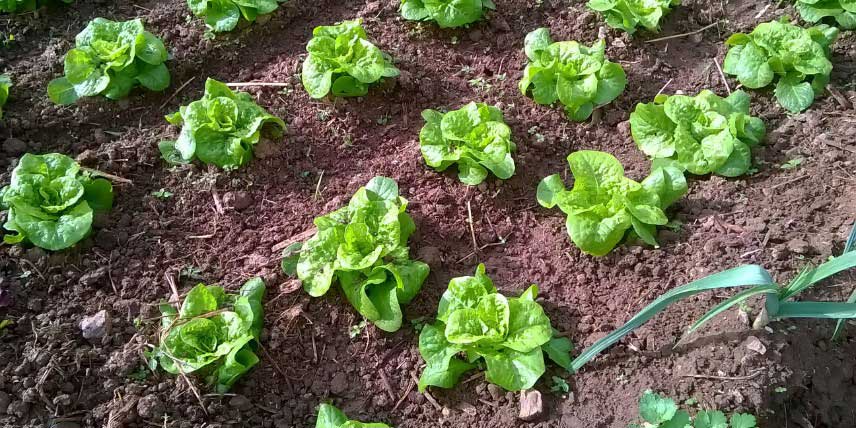
- Subscribe!
- Contents



































